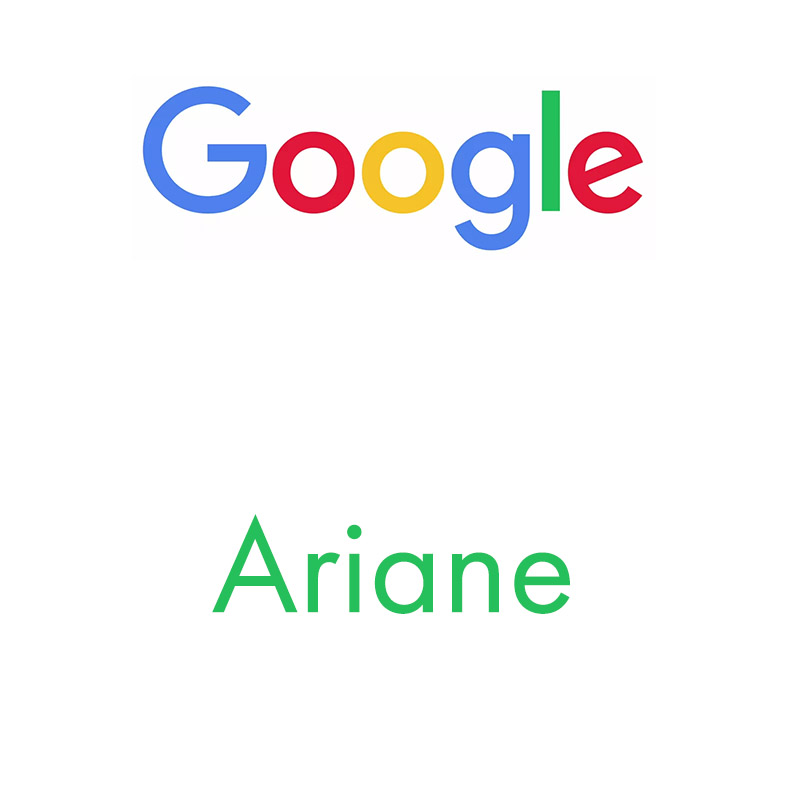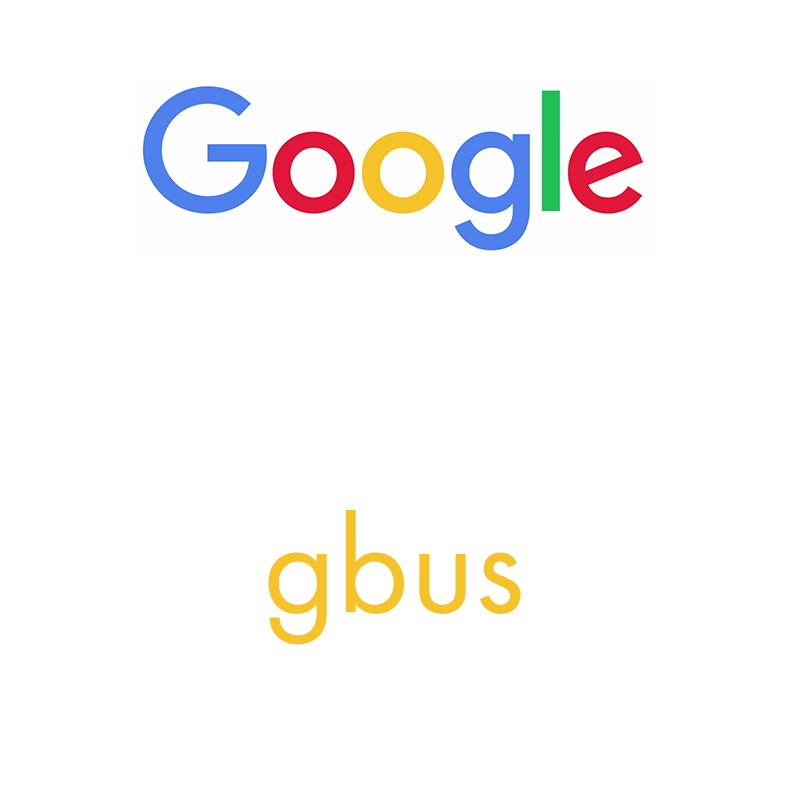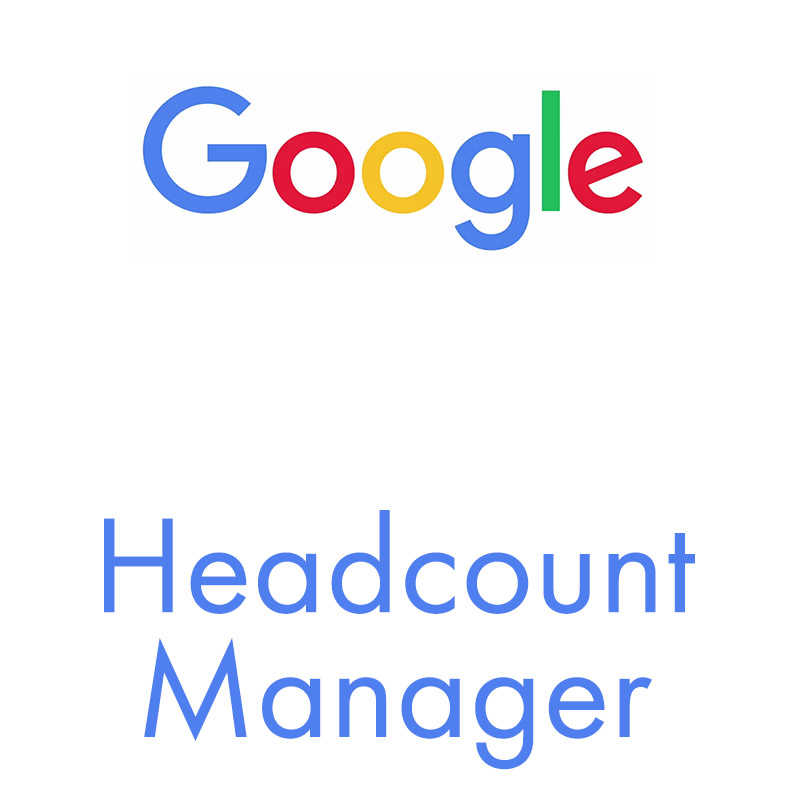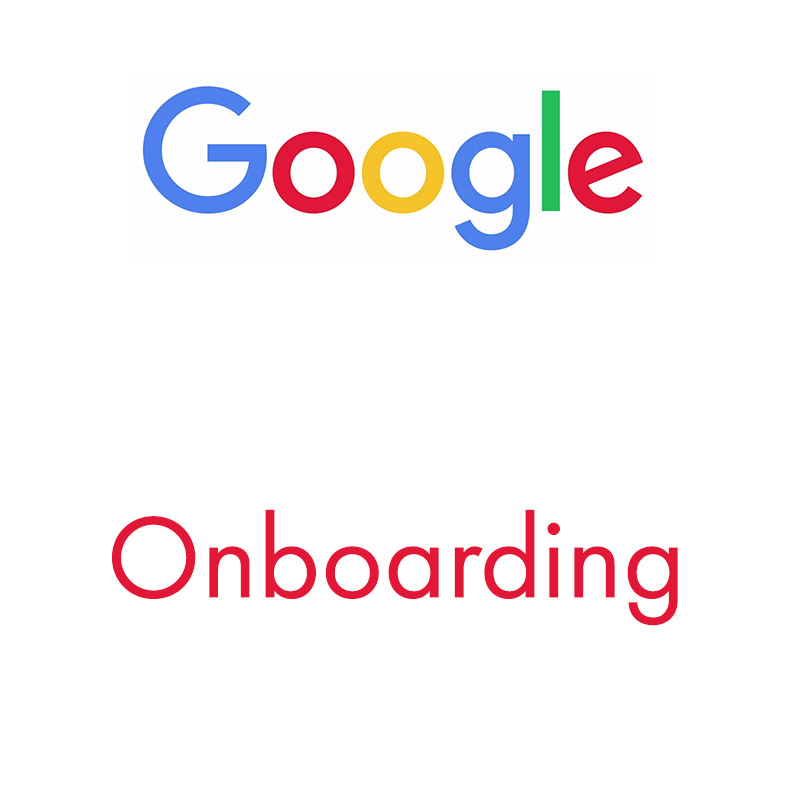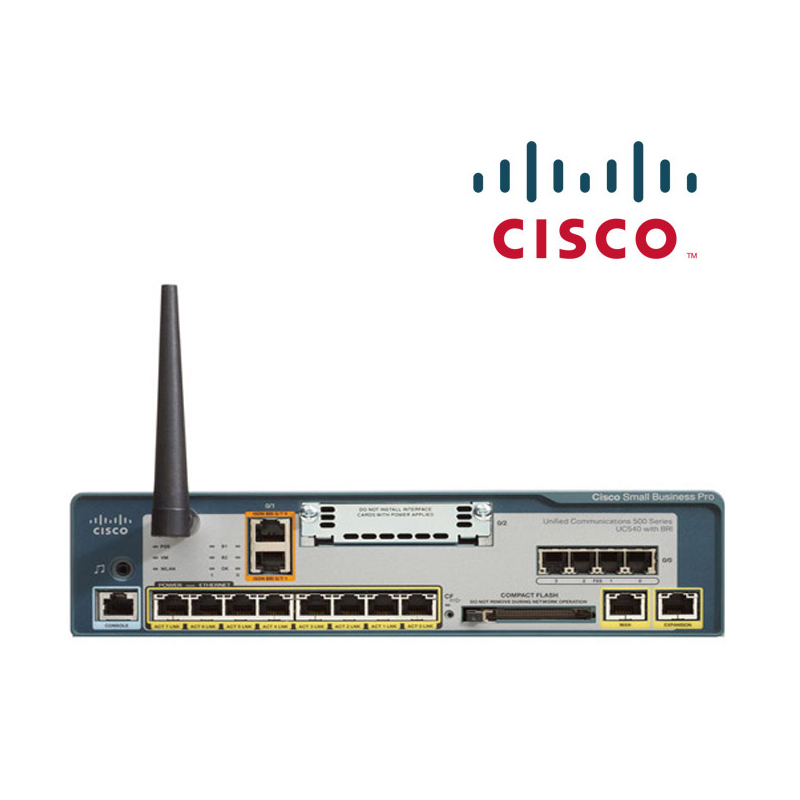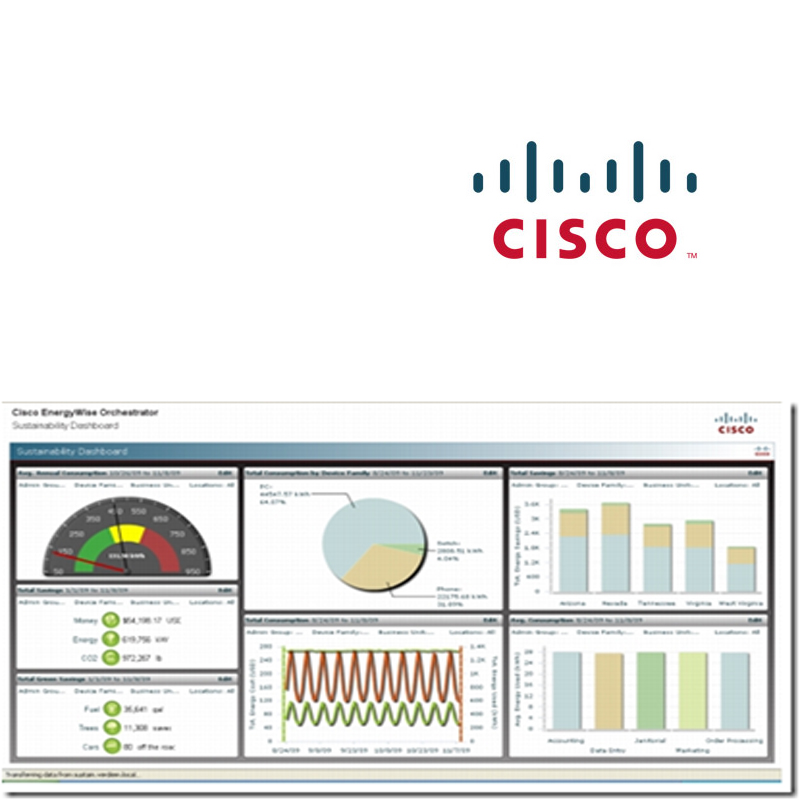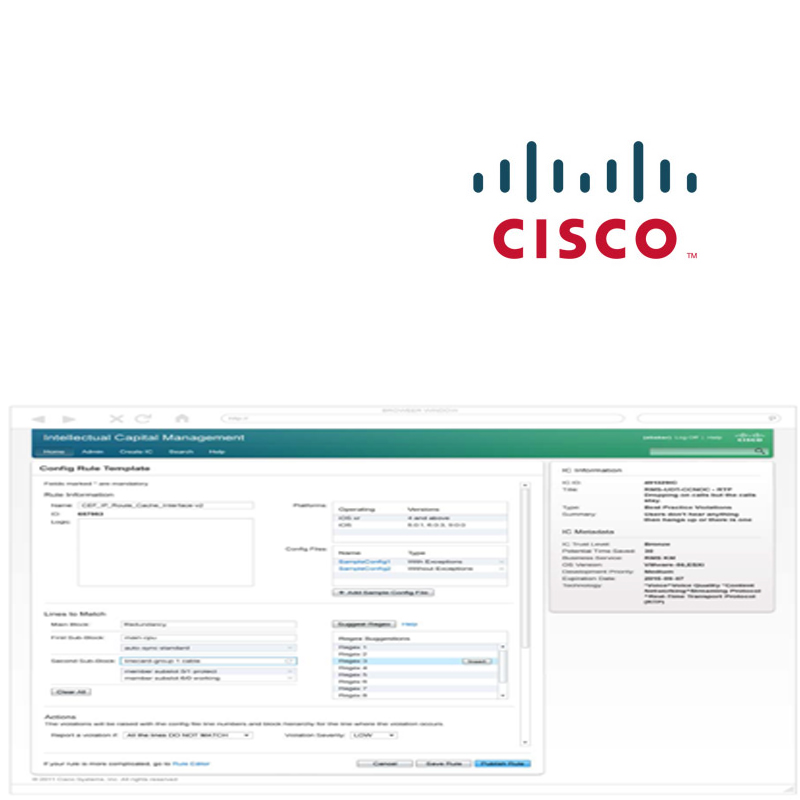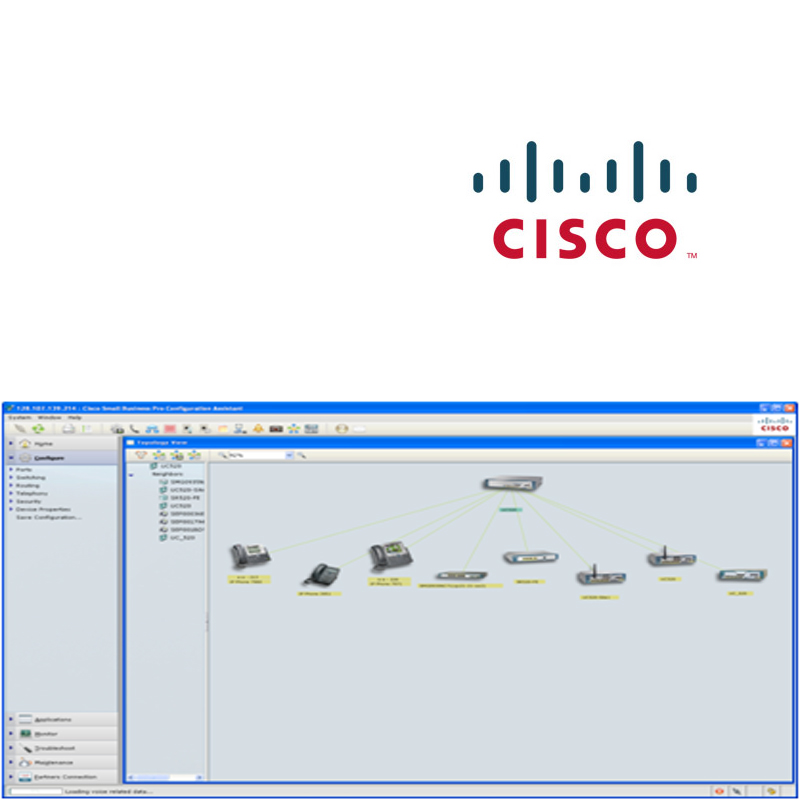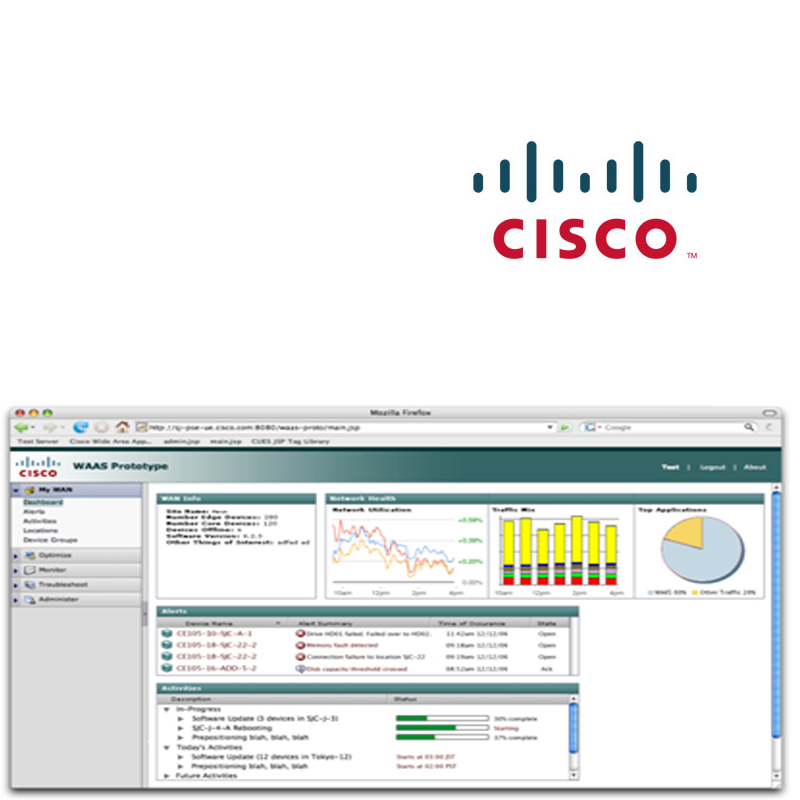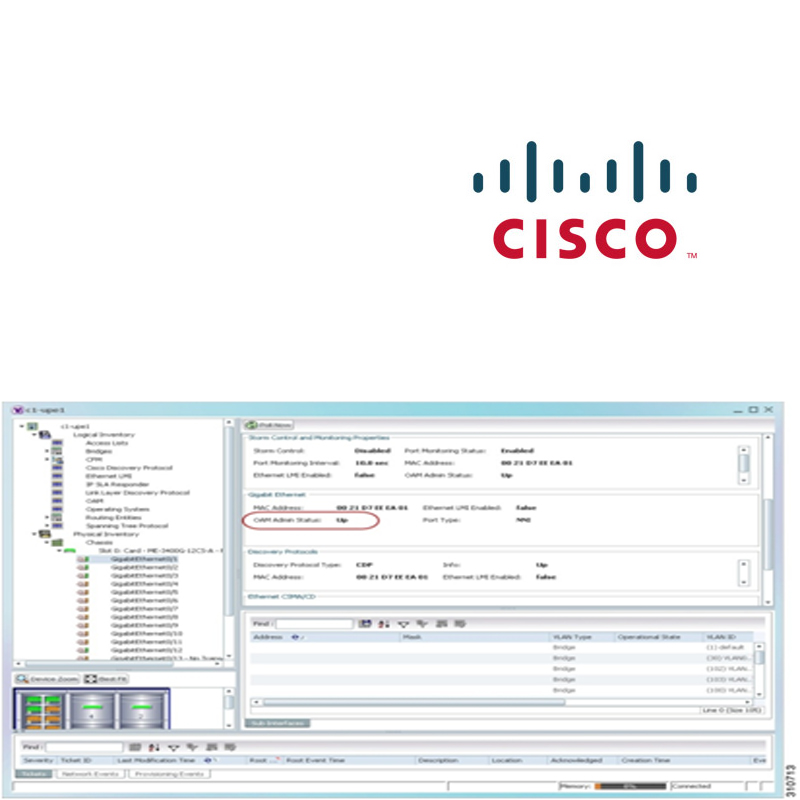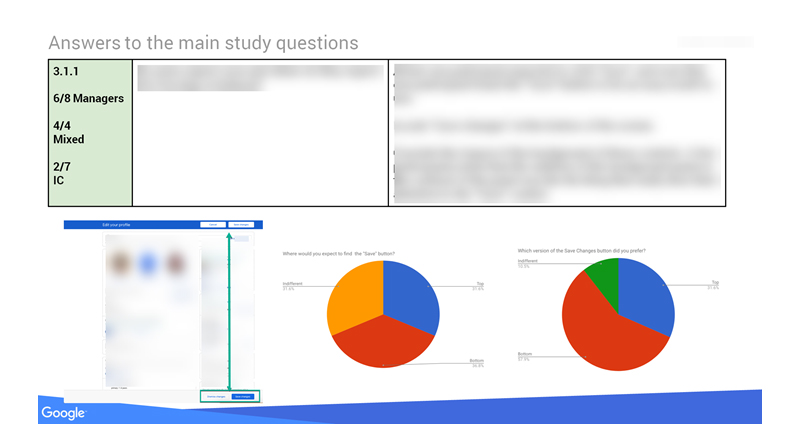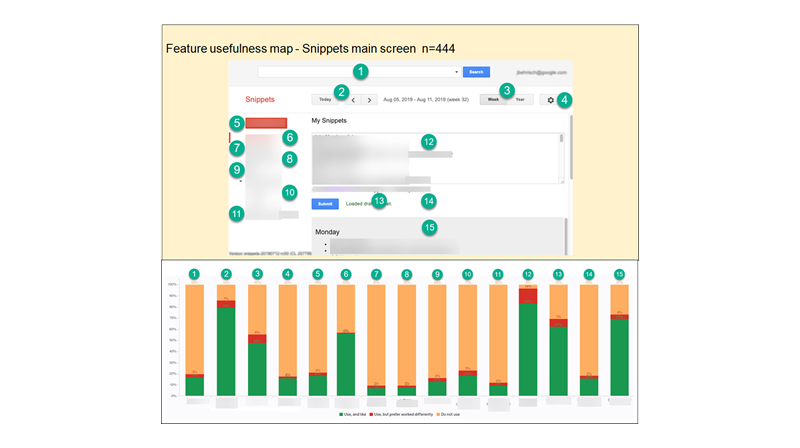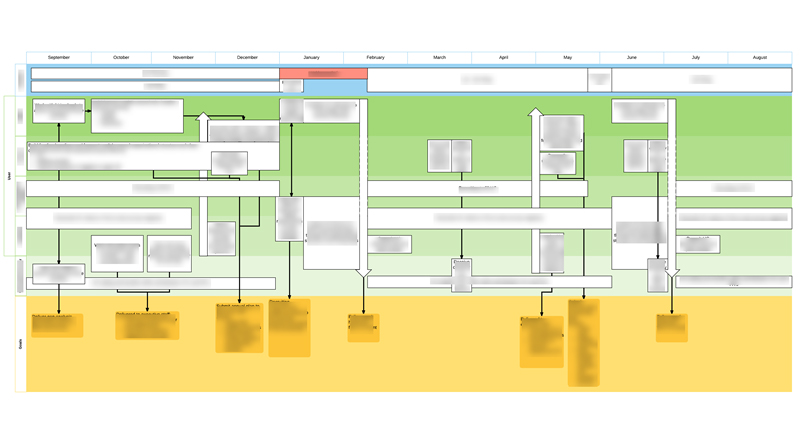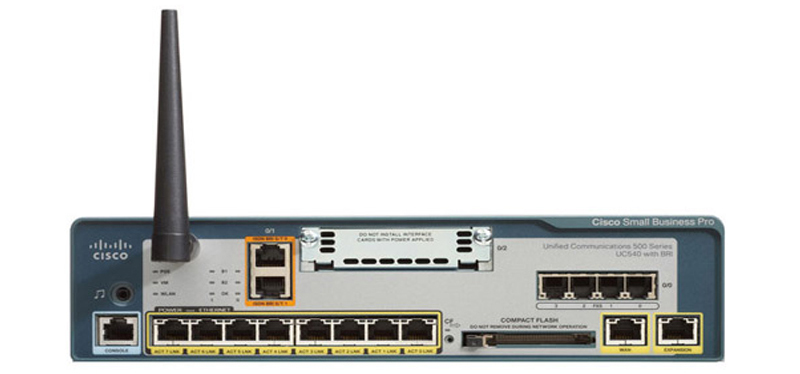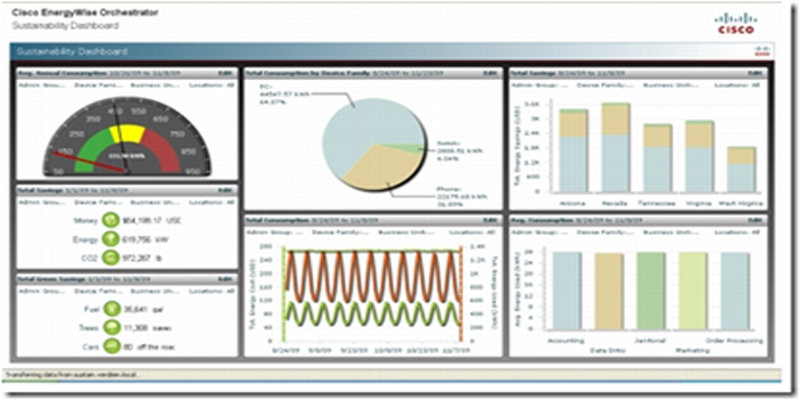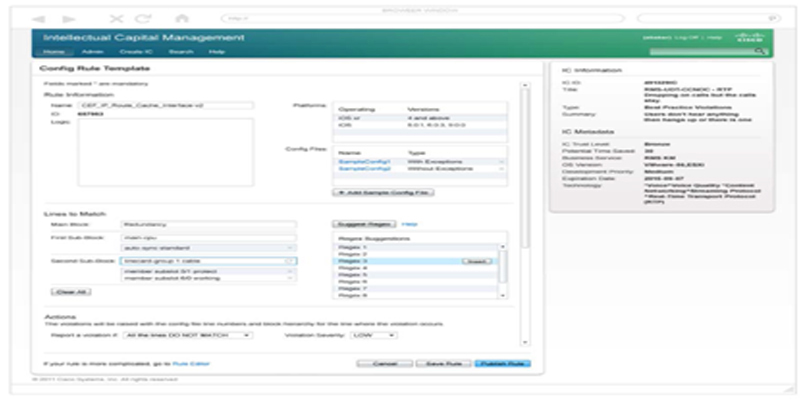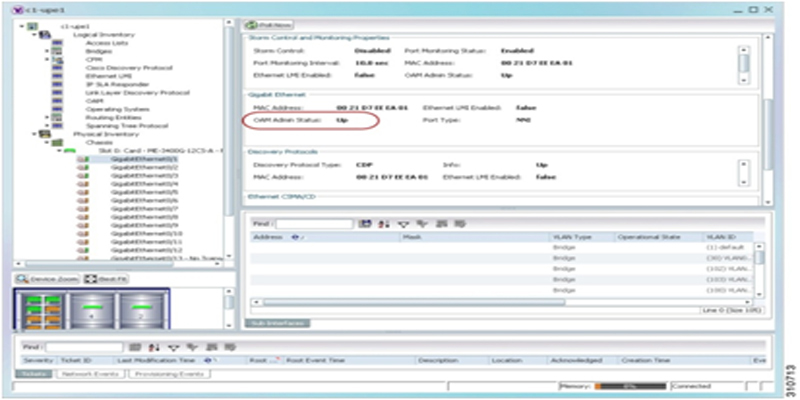
About Me
User Experience is my life and a fundamental part of my professional and personal philosophy. I have over 20 years of professional experience with research, design, and usability testing. I believe that design must not be absent of user input and requires ethnography and validation if it is meant to be successful for a given audience. Beyond my experience as an individual contributor I have spent the past few years in the role of technical leader and coach, allowing me to mentor colleagues and build from-scratch UE programs where none previously existed; including developing standardized research, design, and testing methodologies and defining automated UX infrastructure. I seek to continue to evolve my leadership and coaching abilities, as well as expand my experience and skills injecting machine learning, AI, and automation into UX process. When spare time avails I like to spend it with my family, racing cars and motorcycles at the track, as well as coordinating community and charity events.
Contact Details
Dave Marcus
[email protected]
Cell: 337-298-1370



